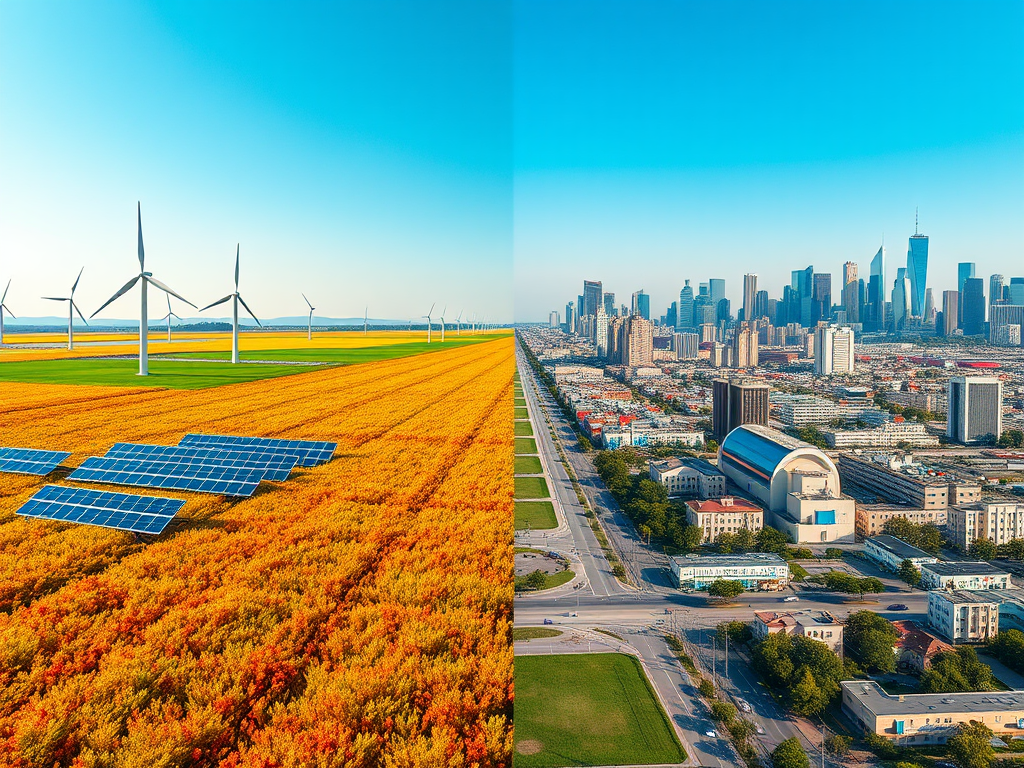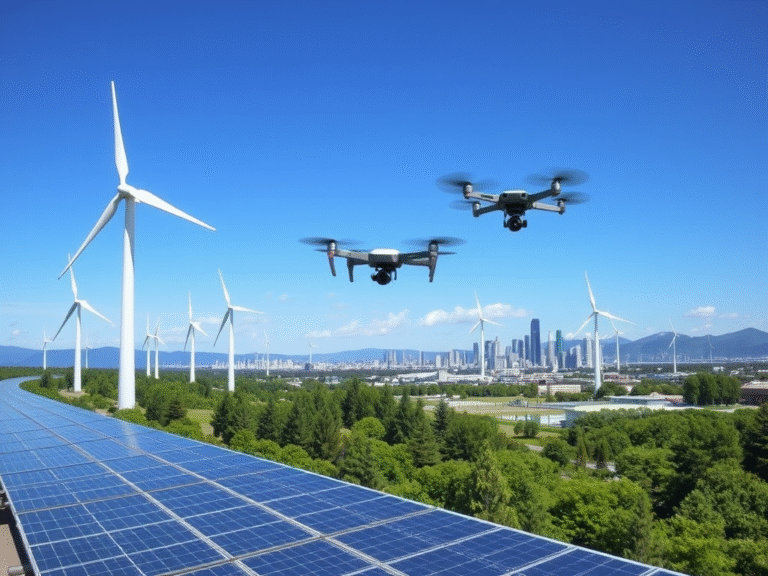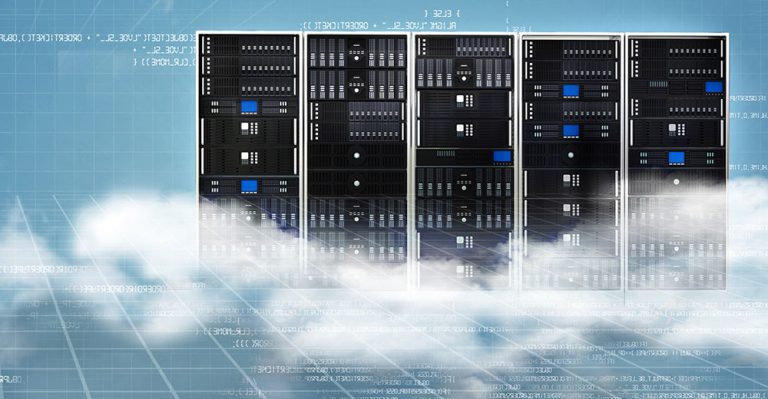
As U.S. lawmakers push forward on budget negotiations, a controversial proposal by House Republicans could reshape the country’s green energy future. The proposed cuts target key provisions of the Inflation Reduction Act (IRA), particularly tax incentives that have fueled a nationwide surge in clean energy investment and innovation.
If passed, these rollbacks could stall the momentum behind U.S. clean technology manufacturing and threaten America’s leadership in the rapidly growing global green tech and digital energy economy.
Clean Energy Tax Credits Are Driving U.S. Innovation
The IRA has catalyzed more than $500 billion in clean technology manufacturing investments, spanning everything from solar panel production to battery storage facilities and electric vehicle (EV) supply chains. These incentives are foundational not just to reducing carbon emissions, but to powering the future of U.S. digital infrastructure.
Clean energy and IT are increasingly connected. AI-driven energy management systems, smart grid technologies, and data centers reliant on renewable power are reshaping how energy and information flow. Cutting support now would not only jeopardize clean energy jobs—it would undercut the tech sector’s ability to scale sustainably.
As one clean energy investor put it, “It will come to a screeching halt without the credits. That’s just the way it is.”
Risking Jobs, Investment—and Global Competitiveness
The debate in Congress goes beyond short-term politics. Slashing green energy tax credits risks disrupting a pipeline of clean tech jobs that are critical in both rural and urban districts. Moreover, the U.S. would be pulling back just as other countries—especially China—double down on next-generation clean technologies.
China already leads in EV manufacturing, solar exports, and battery development. If the U.S. retreats now, it could forfeit the chance to lead in frontier technologies such as green hydrogen, geothermal power, and advanced nuclear energy—all of which are crucial to a net-zero economy.
A $100 Trillion Market Opportunity in Clean Tech and Green IT
According to Boston Consulting Group, the global market for clean technology and green infrastructure is expected to surpass $100 trillion by 2050. This includes innovations across sectors like renewable energy, AI-powered energy analytics, IoT-connected grid systems, and low-emission computing infrastructure.
Yet a rollback of federal support could severely limit U.S. participation in this historic market shift.
The Rhodium Group estimates that the proposed cuts could cause a 70% drop in domestic clean energy deployment by 2035, while driving up electricity prices for consumers and industries—including power-hungry sectors like AI development, cloud computing, and advanced manufacturing.
Without clean, affordable energy, the U.S. tech industry could see slowed growth, reduced foreign investment, and offshored innovation.
Global Momentum Won’t Wait for U.S. Politics
In previous decades, U.S. policy decisions could dramatically influence global energy trends. In 2025, the story is different. The global clean tech market is moving forward—with or without American leadership.
Solar power is now the cheapest electricity source in many parts of the world. Chinese electric vehicles are rapidly expanding into Europe, Latin America, and Southeast Asia, offering competitive pricing and superior battery tech. Meanwhile, the EU and Asia continue investing aggressively in energy innovation and clean IT infrastructure.
The U.S. risks falling behind in a global economy increasingly defined by green technology and digital energy systems.
Final Thoughts
The proposed clean energy tax credit cuts are unlikely to pass in their current form, but the message is clear: the future of American leadership in clean energy and IT innovation is far from guaranteed.
Lawmakers face a defining choice—continue supporting policies that drive clean energy and tech growth, or risk watching the next great industrial revolution unfold from the sidelines.
The decisions made today will reverberate for decades—and determine whether the U.S. leads or lags in the global green economy.






